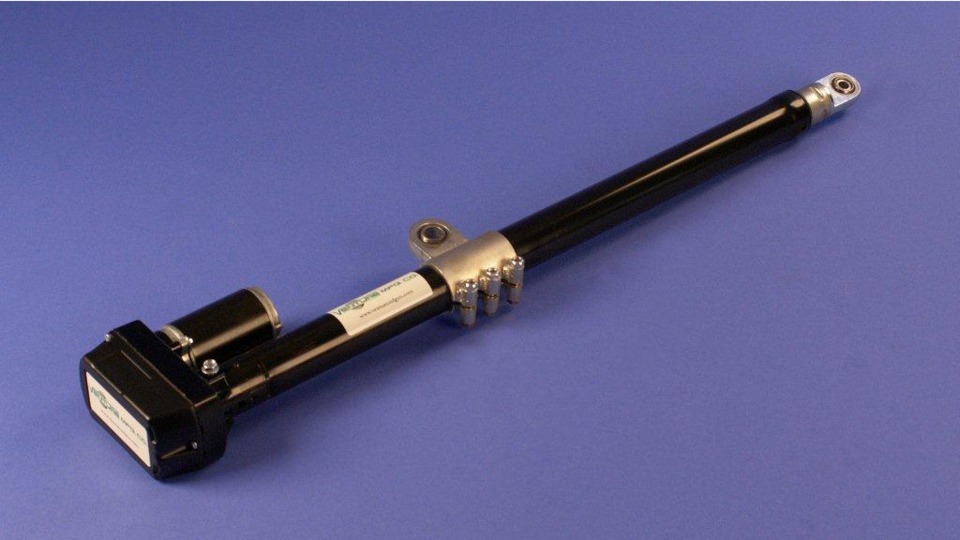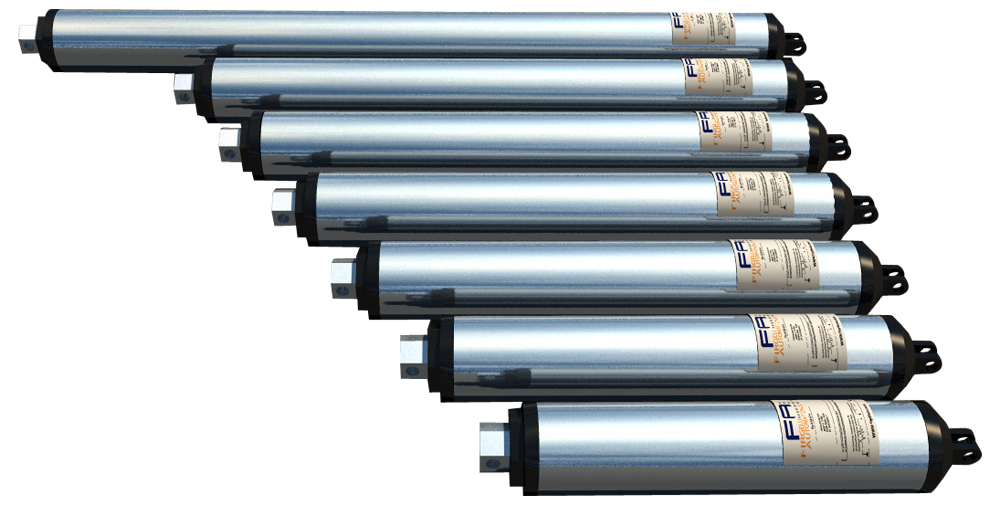Features Of Electromechanical Linear Actuators – How Do They Work
Introduction
Linear actuators are devices which turn rotational motion created by a normal motor into linear motion by means of a cylinder and a screw. Actuators and linear motion systems are hugely popular, and have spread into many different areas and industries over a very short space of time. The precision and control which an actuator gives to the equipment it is part of has meant that they have changed the way many industries have approached using them, as it widens the variety of work they can carry out.
Body
Mechanical energy is something which makes itself felt in the various industrial applications we use every single day. Linear actuators are one way of exploring that mechanical energy, and how it can be harnessed, and it is something which is studied by both scientists and engineers alike. Linear actuators are popular over other types of device because they are incredibly versatile: they can be used for many different processes in many different industries with no problems.
Actuators create energy using either air, liquid, or electricity (though electric actuators are growing in popularity), and then throws that energy specifically linear motion, allowing the people using the linear actuator to create a range of movements including clamping, blocking, or ejecting, depending on what they need. For example, an actuator can be used to convert the energy from a normal motor by co-ordinating a screw-drive with a belt drive. While some linear actuators are driven by specific drives such as a worm gear drive or a direct drive, all linear actuators work by having the drive nut pushed by the screw turning round, which in turn pushes the rod back and forth to provide the motion.
In the actuator, the screw nut which helps to provide the motion has a cover tube to protect it from any environmental contamination, something which acts as a means of keeping the actuator in working order for longer. Radial thrust actuators are an important part of the actuator, since they allow the screws to rotate when under pressure, and give needed strength to the actuators as a whole.
The most common forms of actuator are hydraulic, pneumatic, mechanical, and electrical, though electric actuators are becoming increasingly popular as time goes on because of their advantages in speed, precision, and overall upkeep. Actuators are widely popular in a number of different industries for what they can do.
- Robotics – they have revolutionised robotics by making robots more precise and easily controlled, allowing them to be used for more delicate procedures than would otherwise be possible.
- Medicine – actuators can be used in a lot of medical technology, such as beds or wheelchairs. The smooth action of an actuator would allow for beds to be raised and lowered with no discomfort to the patient, and the nature of actuators would allow them to last a long time before needing to be replaced.
- Home automation – linear actuators are present in a lot of home automation because it allows for appliances which offer far greater scope than they otherwise would. Security cameras are the most obvious example, as linear actuators allows them to extend their view further.
Linear actuators can be used for any number of applications, from domestic applications to commercial ones. They are widely used in industries because of their strength and control capabilities.


